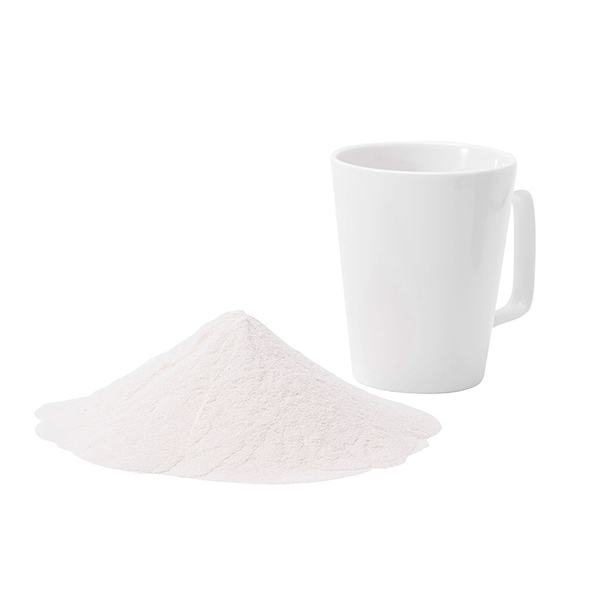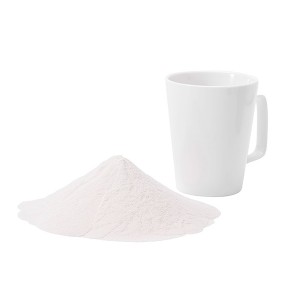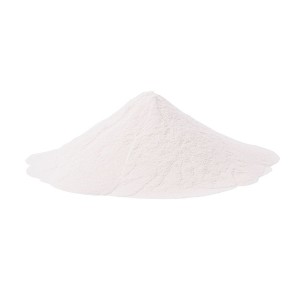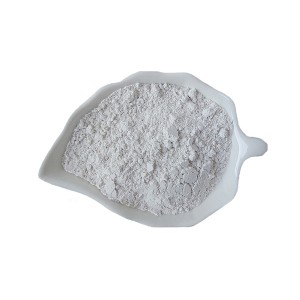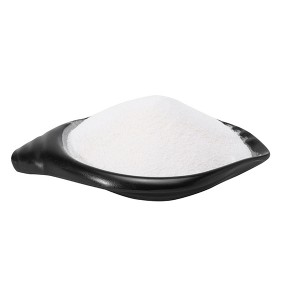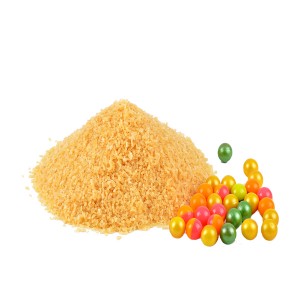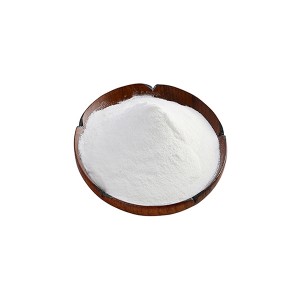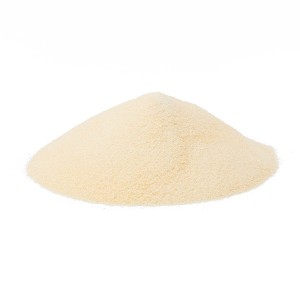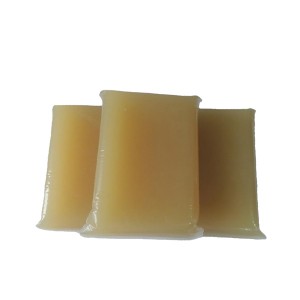Bone ash made from pure cow bone is used in ceramic and metallurgy
It is mainly used in the production of high-grade bone porcelain in the ceramic industry, and can also be used in opal glass, pigment stabilizer, polishing agent, syrup clarifier, etc.
Grade A bone ash is bone charcoal processed to 120 mesh, used in ceramic industry and metallurgical demould and sewage purification.
Bone ash is obtained from animal bones after calcination at high temperature. The raw bone is put into a high-pressure tank and added with appropriate amount of water. The bone is steamed at 150 ℃ for 2 hours, so that the bone is degummed into bone blocks without protein, and then dried.
The deprotein dry bone block is placed in a high-temperature kiln with natural gas as fuel and burned at a high temperature of 1250 ℃ for 1 hour or at a high temperature of 1300 ℃ for 45 minutes. During this period, the 'N' is completely calcined and all bacteria are completely burned off.
The burnt bone carbon blocks are crushed and screened into different specifications by vibrating screen, which usually include: 60-100 mesh, 0-3mm, 2-8mm, etc.
| Physical and Chemical Items | Testing Standard | Testing result |
| 1. AI2O3 |
≥0.01% |
0.033% |
| 2. Bao |
≥0.01% |
0.015% |
| 3. CaO |
≥50% |
54.500% |
| 4. P2O5 |
≥40% |
41.660% |
| 5, Calcination loss(Loss weight) |
≤1% |
0.820% |
| 6. SiO2 |
≥1% |
0.124% |
| 7. Fe2O3 |
≥0.05% |
0.059% |
| 8. K2O |
≥0.01% |
0.015% |
| 9. MgO |
≥1% |
1.045% |
| 10. Na2O |
≥0.5% |
0.930% |
| 11. SrO |
≥0.01% |
0.029% |
| 12. H2O |
≤1% |
0.770% |
| 13. Quality guaranteed period: Three years, Should be stored in the sealed containers in cold dry conditions away from odoriferous materials. | ||






